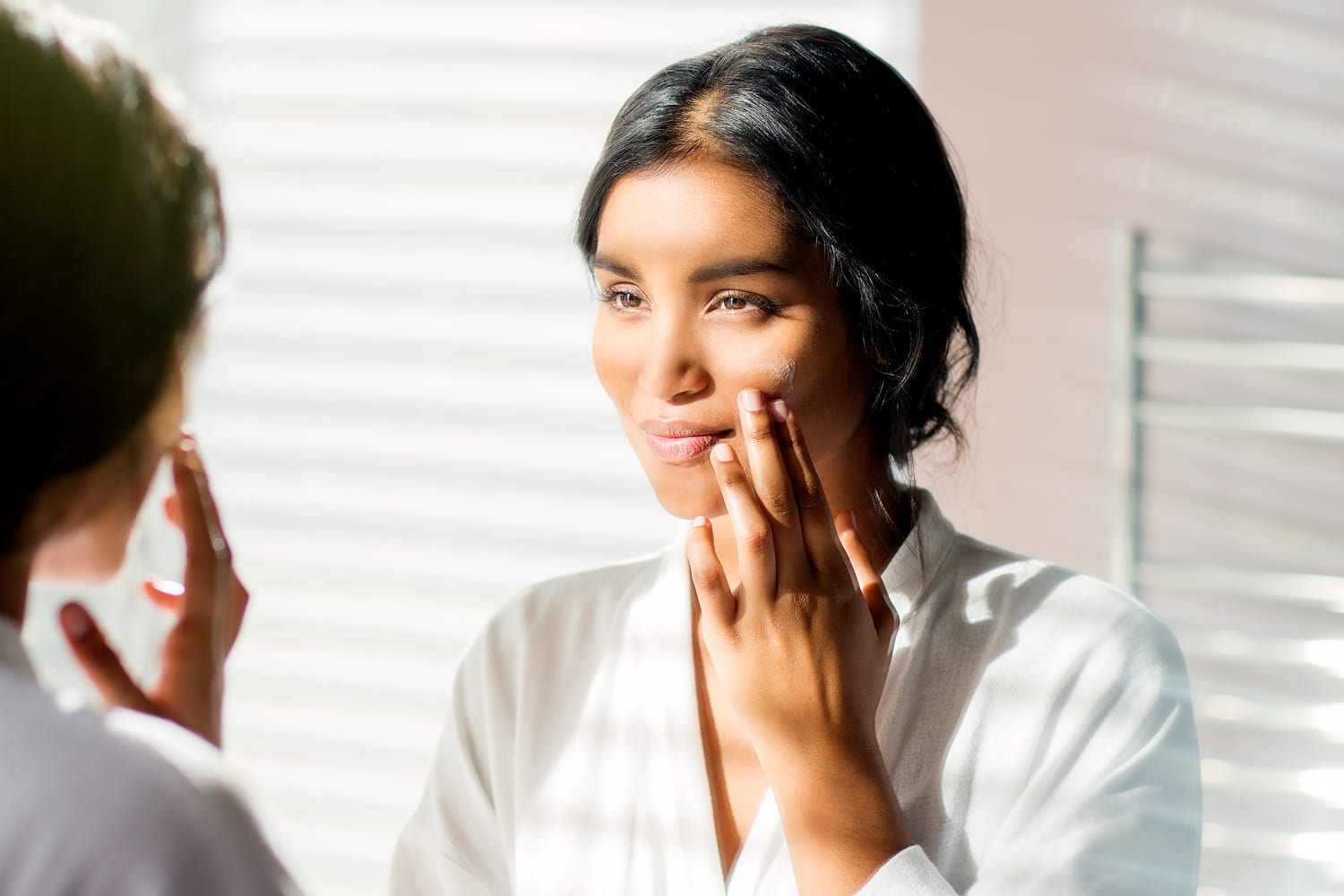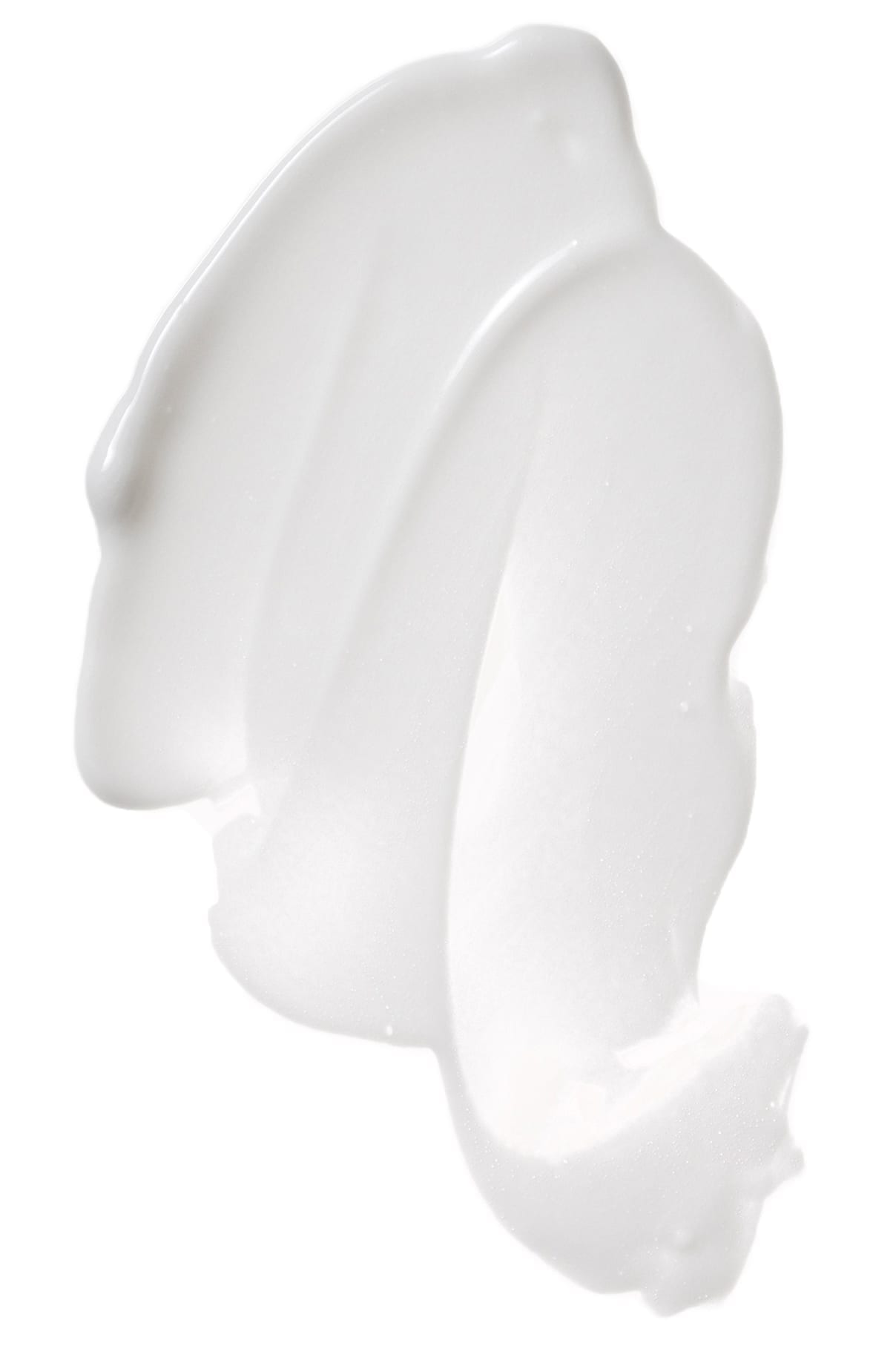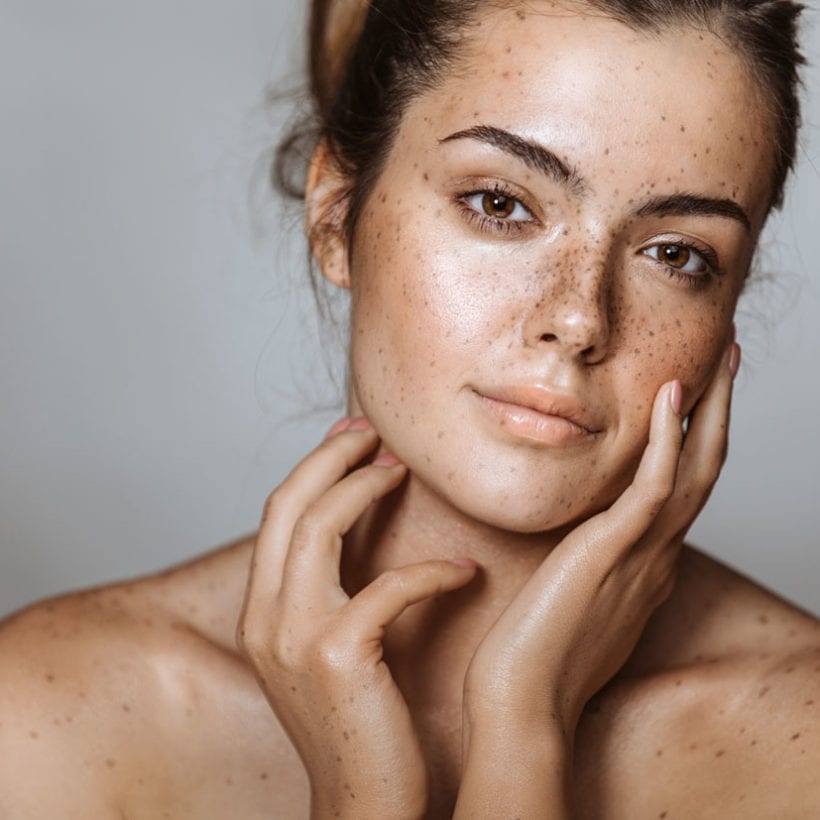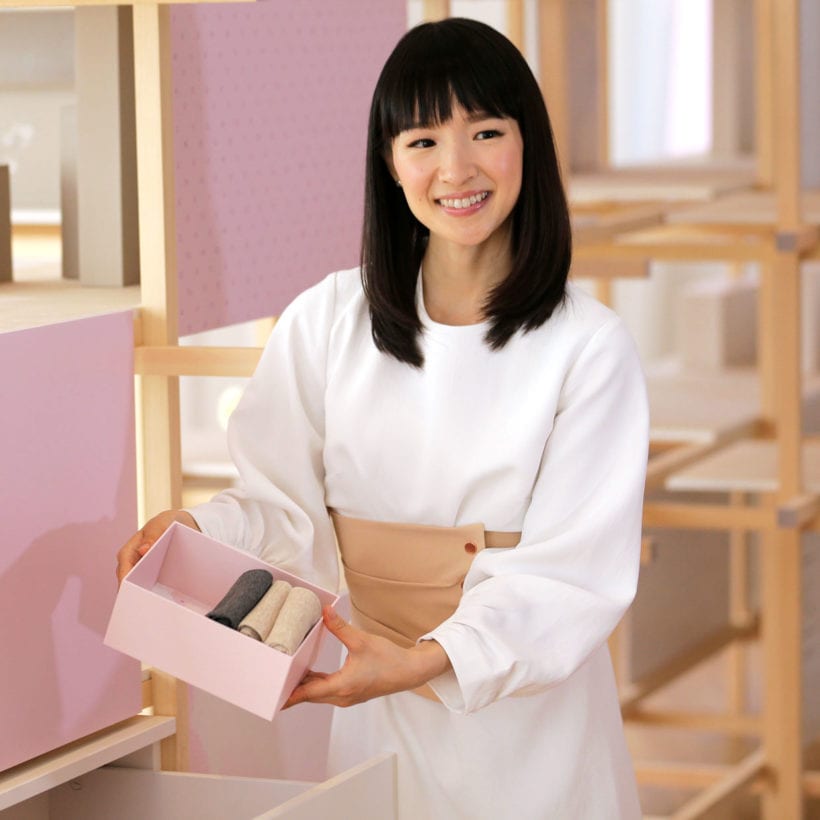Once the flowers start blooming and the sun finally appears from behind the clouds, you can find many of us dusting off our blinds, cleaning out drawers, and swapping our winter clothes for lighter layers. Transitioning your closet for spring is normal, so why not your skincare routine?
“It’s important to transition your skincare anytime your skin is going to be exposed to different extremes of heat, humidity, sun exposure, or even high air conditioning or dry environments, which may put different stresses and needs on your skin,” explains Francesca Fusco, a board-certified dermatologist at Wexler Dermatology in New York City.
But it is not just about the season itself. “This really depends on where you live and what changes your region experiences in its seasonal climate. Some regions become hotter and more humid in the spring, others stay consistent,” says Sunday Riley, CEO and founder of Sunday Riley Modern Skincare. “Either way, you need to identify two things: What are the changes in your environment and how does your skin react to those changes?” says Riley. “Remember, everyone is unique. You might break out while your best friend becomes a glowing, radiant supernova … And the way that you reacted last year might be different than the way that you react this year. So be observant to what conditions you (and your region) are experiencing this year and experiment a little bit until you find your secret sauce.”
Picking the right spring beauty routine has its struggles. In terms of selecting products more appropriate for the spring, look for keywords like brightening, rejuvenating, repairing or exfoliating, rather than hydrating, calming or soothing, which are more tailored towards avoiding dry winter skin. Come spring, “you may be able to use fewer products that are primarily formulated to be moisturizing and hydrating, and more products with active ingredients like antioxidants, alpha hydroxy acids or retinoids, for example,” says Hadley King, M.D., a board-certified dermatologist in New York City. “Once the weather warms up and humidity increases, then your skin may not need as much hydrating and moisturizing, and it may be better able to tolerate active ingredients that could be drying or irritating.”
EXFOLIATION
Many people avoid exfoliation during the winter months, as it can oftentimes dry out skin even more. Spring is the ideal time to add exfoliation back into your routine, especially because we are able to tolerate acids and stronger formulations of active ingredients during these months (although, it’s important to wear sunscreen daily to protect your newly exfoliated skin). “During spring, it’s great to exfoliate and brighten the dull skin that has accumulated during the winter,” says Anna Guanche M.D., a board-certified dermatologist and celebrity beauty expert in Calabasas, California.
The two types of exfoliation, chemical and physical, can be incorporated into your springtime skincare routine, depending on your specific needs and preferences. “Chemical exfoliation is the act of removing the top layer of the skin by using various acids to smooth, soften and brighten the skin, or to make products penetrate deeper — some of my favorites include glycolic acid, lactic acid or salicylic acid,” says Guanche.
“Let alpha hydroxy acids, serums and treatments do the heavy lifting,” says Riley. “Remove the dead skin cell buildup with a gentle, but thorough, alpha hydroxy acid treatment like Good Genes Lactic Acid Treatment. Lactic acid is a larger molecule than other forms of alpha hydroxy acid, so it tends to be a little gentler and more hydrating.”
Physical exfoliation, on the other hand, can range anywhere from using a washcloth, to a sonic cleansing device, or even an at-home dermaroller. But Suneel Chilukuri M.D., a board-certified dermatologist and founder of Refresh Dermatology in Houston, warns against abrasive physical exfoliation. “When people are using physical exfoliants on their faces, they think that by rubbing harder or rubbing more frequently, it will improve the shedding of the skin,” says Chilukuri. “It’s actually counterintuitive because we’re removing more of that skin, and now the barrier is even more damaged and it causes more dryness, aggravating what’s already going on.”
Whether you are exfoliating chemically or mechanically, Fusco recommends doing it in the evening. “When exfoliating during the spring and summer, I recommend that my patients do so at night, especially if they are planning on spending the day in the sun so that the freshly exfoliated skin is not at risk for burning,” says Fusco.
Additionally, “if you use benzoyl peroxide or salicylic acid for acne or retinoids for anti-aging, you might find that you can use a higher strength or use it more often in the spring compared to the winter [since your skin barrier is stronger in warmer weather],” says King. “Start incorporating a salicylic acid product, like U.F.O. Acne Treatment Face Oil, two to three times a week. Humidity can exacerbate sebum production, which can cover the skin in oily residue and clog the pores. Salicylic acid helps to break down the sebum deposits, which can in turn help to prevent and treat acne,” Riley adds.
As for retinoids? “Retinoids are great for all skin types because they help to increase cellular turnover – which can help improve the appearance of skin congestion, skin clarity and fine lines. Spring is a great time to start incorporating retinoids into your routine,” Riley says.
HYDRATION
During the dry, barren winter temperatures, we focus a lot more on avoiding transepidermal water loss and adding as much hydration into the skin as we possibly can. Winter skincare includes more emollients and ointments, which “typically last longer before they evaporate,” says Chilukuri. “In the springtime, we gravitate more towards creams, which typically evaporate on the skin faster than an emollient or ointment.” Once summer hits and the weather gets even hotter, we opt for more gel-based products because of their weightless consistency.
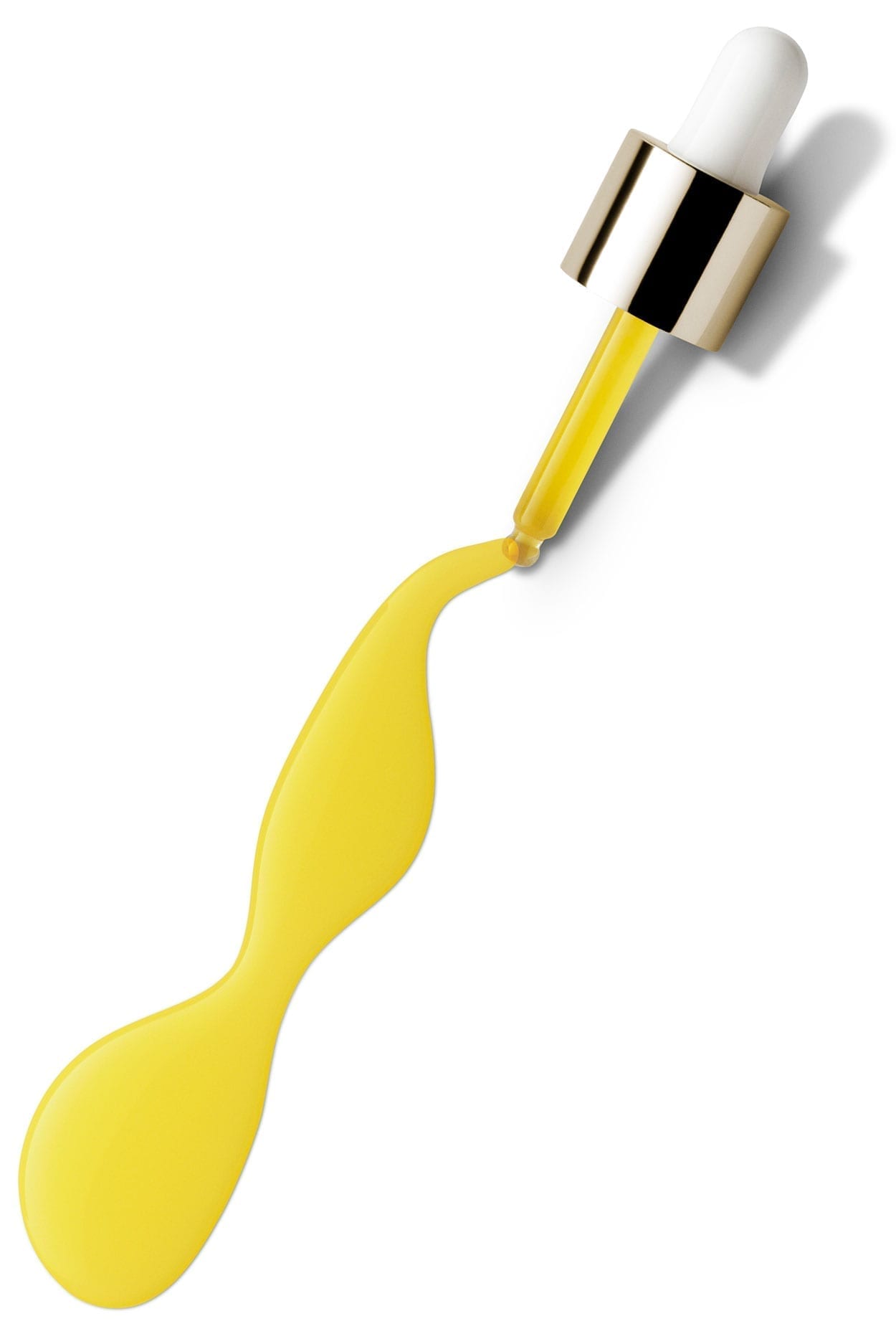
ANTIOXIDANTS
Chilukuri stresses the benefit of using antioxidants during the spring and summer to avoid sun damage and hyperpigmentation. “When the skin is exposed to sun or pollution, there is a free radical release,” explains Chilukuri. “Free radicals accelerate collagen and elastin breakdown, but a topical antioxidant will ‘donate’ an electron to pair with and stabilize the free radical, ultimately helping to slow the aging process and avoid sun damage.” Fusco and Riley suggest adding a vitamin C serum into your spring routine, as the antioxidant has been shown to be a great adjunct to sunscreen.

SUN
Sunscreen is one of the few products you should be carrying from your winter routine to your spring regimen. “Studies have shown that the skin ages better when sun protection is used on an everyday basis, instead of only when people feel that they will be spending significant time in the sun,” says King. You should be applying a 30-or-higher broad-spectrum SPF every day throughout every season, regardless of whether the sun is out. “You may find that you reapply more often in the spring and summer because you are outside, but the actual SPF number can be the same in every season,” says King.
Consider applying sunscreen more often if you are taking antibiotics, using a retinoid, or dermarolling often, as these might make your skin more susceptible to sun damage. Micheline Reboh, an esthetician at Paul Labrecque Salon and Spa in New York City, suggests sporting sunglasses and a hat whenever you can. “These accessories offer protection that’s free of chemicals as well,” says Reboh.
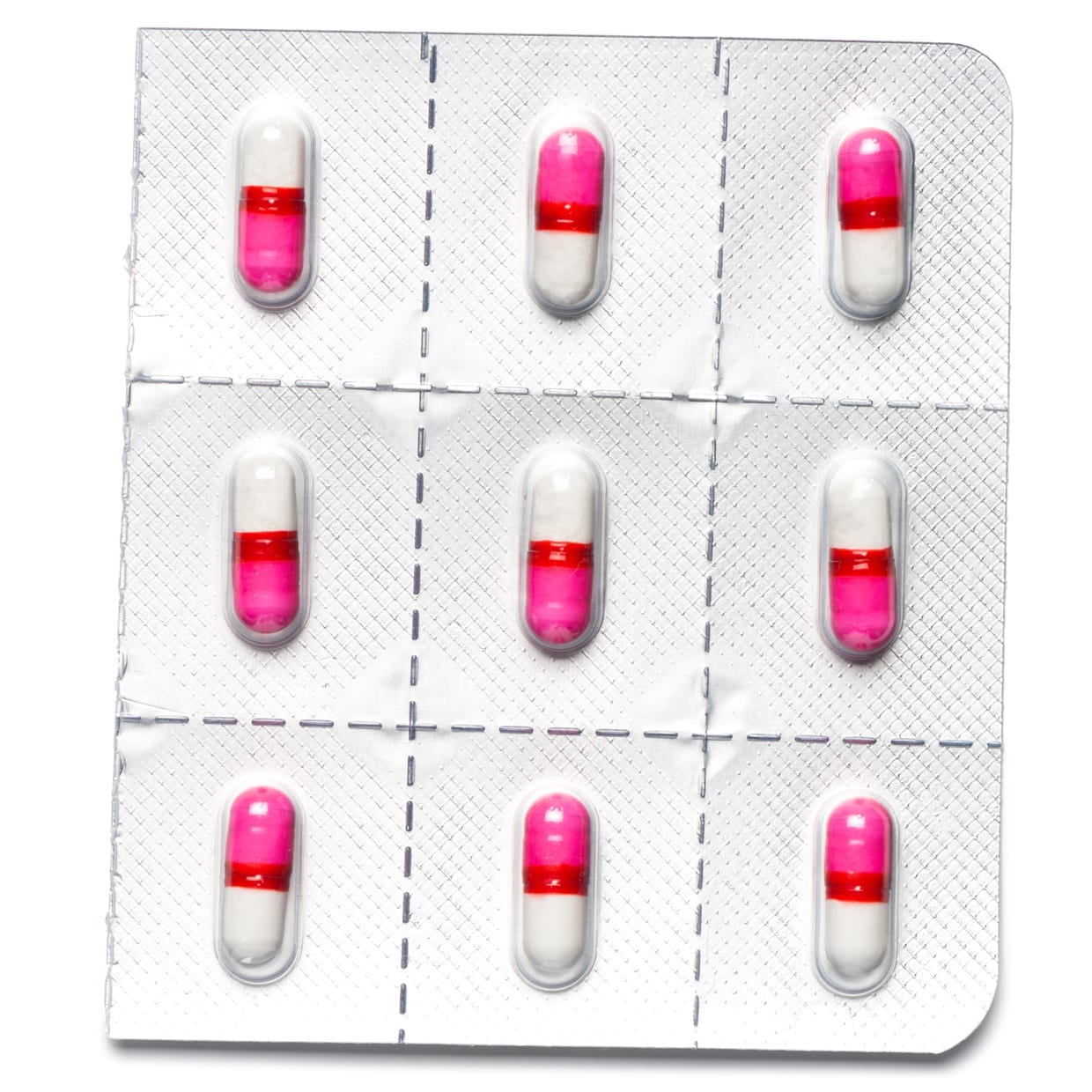
ALLERGIES
With spring comes the sun, but it also brings watery eyes, stuffy noses and dark circles, too. “Allergies commonly present as dark circles, what we refer to as ‘allergic shiners,’” says Fusco. “I recommend that individuals keep eye creams in the refrigerator and apply them chilled, so it combats puffiness and swelling under the eye.” To avoid any reaction, look for eye creams that have been formulated for sensitive skin.
Eye creams might help, but both Chilukuri and King suggest testing out antihistamines to prevent signs of allergies. “If you know that your typical allergy season begins in March or April, I suggest starting an antihistamine about a week or two before you start normally getting those symptoms,” says Chilukuri. “Some of my patients come in with hyperpigmentation around their eyes during allergy season due to rubbing/scratching their lower eyelids,” says Chilukuri. “Ever since I started suggesting to them that they take antihistamine medication one to two weeks before the season starts, they have less darkness around their eye area come spring. The improvement is due to decreased inflammation and decreased mechanical trauma to the thin, eyelid skin.”
Reboh notes that people who suffer from allergies oftentimes have more sensitive skin, so it is important to use products catered towards sensitive skin during allergy season. “If this is the case for you, incorporate a toner, moisturizer, eye cream and mask into your spring skin regimen,” she says. “And look for products that [are] created specifically for sensitive skin types.”
We only recommend products we have independently researched, tested, and loved. If you purchase a product found through our links, Sunday Edit may earn an affiliate commission.
